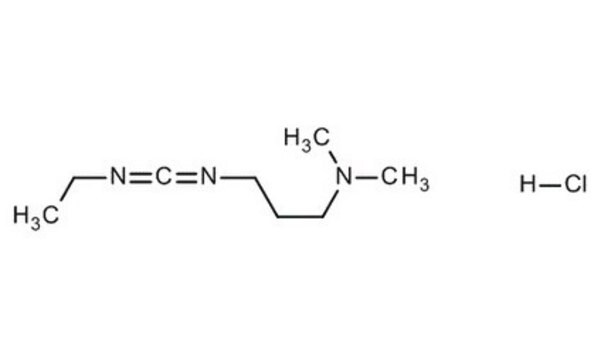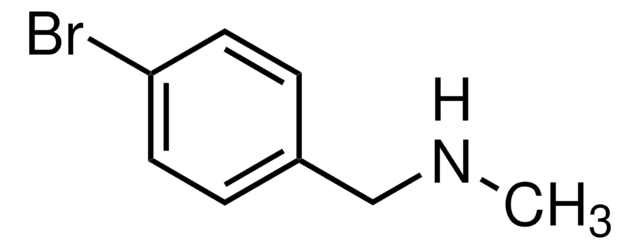N21804
3-Nitrophenylhydrazine hydrochloride
98%
Synonim(y):
(3-Nitrophenyl)hydrazine hydrochloride, 1-(3-Nitrophenyl)hydrazine hydrochloride, 3-Nitrophenylhydrazine monohydrochloride, m-Nitrophenylhydrazine hydrochloride
About This Item
Polecane produkty
Próba
98%
Postać
powder
mp
210 °C (dec.) (lit.)
ciąg SMILES
Cl.NNc1cccc(c1)[N+]([O-])=O
InChI
1S/C6H7N3O2.ClH/c7-8-5-2-1-3-6(4-5)9(10)11;/h1-4,8H,7H2;1H
Klucz InChI
BKOYKMLGFFASBG-UHFFFAOYSA-N
Opis ogólny
Zastosowanie
<li><strong>Derivatization agent in analytical chemistry:</strong> 3-Nitrophenylhydrazine hydrochloride is employed as a derivatization agent for the determination of gamma-Hydroxybutyric acid in biological samples infected with Herpes Simplex Virus-Type 1, utilizing LC-MRM-MS techniques, providing enhanced detection capabilities in forensic and clinical toxicology (Osinaga et al., 2022).</li>
<li><strong>Residual analysis in pharmaceutical formulations:</strong> This compound is also used for the quantitative analysis of residual 4-nitrobenzaldehyde in chloramphenicol and its pharmaceutical formulations, employing HPLC with UV/Vis detection after derivatization with 3-nitrophenylhydrazine, offering a reliable method for ensuring the purity and safety of pharmaceutical products (Luo et al., 2018).</li>
<li><strong>Forensic application in decomposition analysis:</strong> Used to derivatized the blood samples collected at the time of forensic autopsy (Matoba et al., 2022).</li>
</ul>
Hasło ostrzegawcze
Warning
Zwroty wskazujące rodzaj zagrożenia
Zwroty wskazujące środki ostrożności
Klasyfikacja zagrożeń
Acute Tox. 4 Dermal - Acute Tox. 4 Inhalation - Acute Tox. 4 Oral - Eye Irrit. 2 - Skin Irrit. 2 - STOT SE 3
Organy docelowe
Respiratory system
Kod klasy składowania
11 - Combustible Solids
Klasa zagrożenia wodnego (WGK)
WGK 3
Temperatura zapłonu (°F)
Not applicable
Temperatura zapłonu (°C)
Not applicable
Środki ochrony indywidualnej
dust mask type N95 (US), Eyeshields, Gloves
Certyfikaty analizy (CoA)
Poszukaj Certyfikaty analizy (CoA), wpisując numer partii/serii produktów. Numery serii i partii można znaleźć na etykiecie produktu po słowach „seria” lub „partia”.
Masz już ten produkt?
Dokumenty związane z niedawno zakupionymi produktami zostały zamieszczone w Bibliotece dokumentów.
Klienci oglądali również te produkty
Nasz zespół naukowców ma doświadczenie we wszystkich obszarach badań, w tym w naukach przyrodniczych, materiałoznawstwie, syntezie chemicznej, chromatografii, analityce i wielu innych dziedzinach.
Skontaktuj się z zespołem ds. pomocy technicznej








